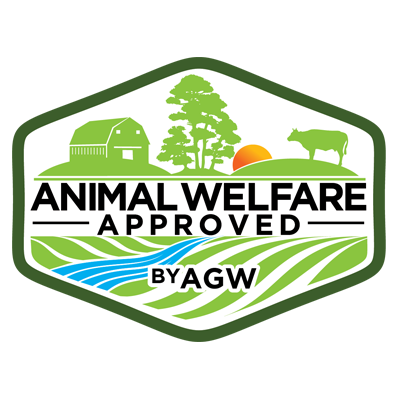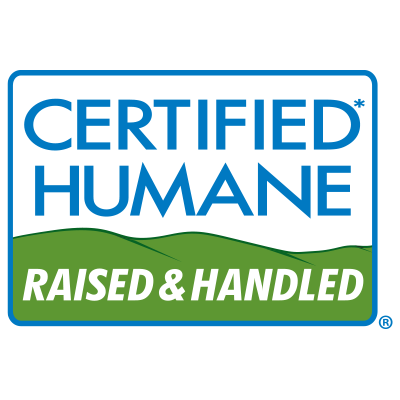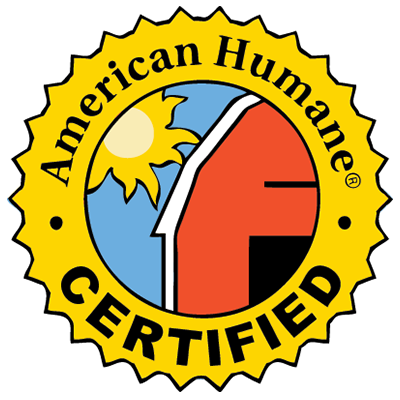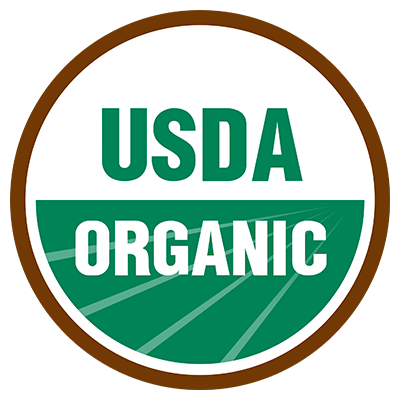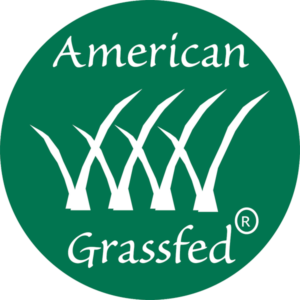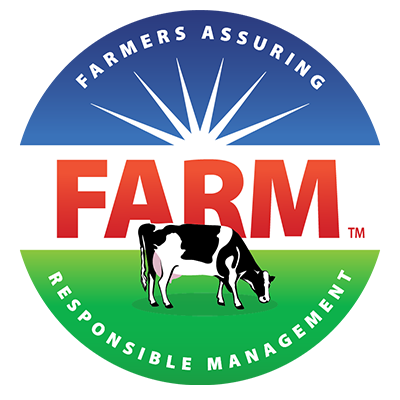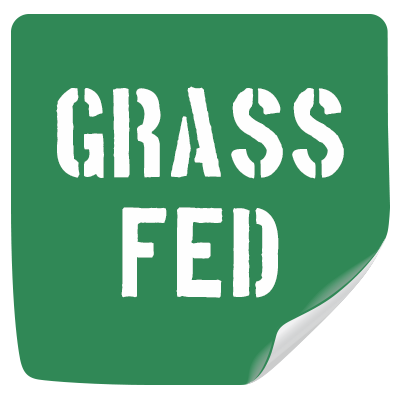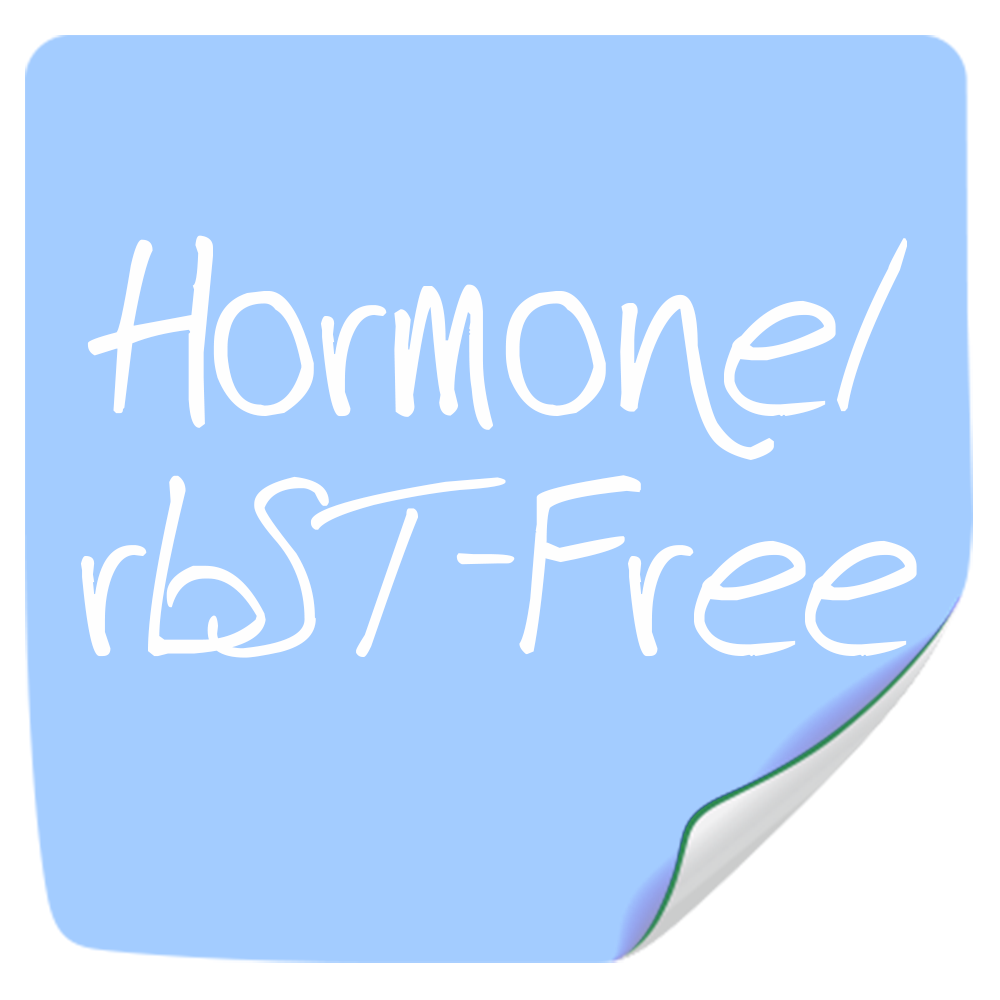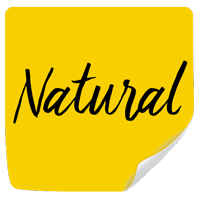Don’t be fooled by food labels that sound like they mean better for dairy cows. Use our guide below to learn how these labels actually impact cow welfare—or how they don’t. Look for the ASPCA recommended labels Animal Welfare Approved, Certified Humane and Global Animal Partnership (Step 2 or higher), and then sign up to join the Shop With Your Heart movement for the latest info on finding these products and making welfare-conscious choices when you shop.
| Animal welfare certifications | Other independent certifications | Industry certification | Other claims | |||||||
|---|---|---|---|---|---|---|---|---|---|---|
|
|
|
|
|
|
|
|
|
| |
| Meaningful On-Farm Welfare Standards | Yes | Yes | No | No | Yes | No | No | No | No | No |
Tethering Prohibited | Yes | Yes | Yes | No | Yes | No | No | No | No | No |
Group Housing Required for Calves | Yes > 28 days | Yes > 8 weeks | Yes > 8 weeks | No | No | No | No | No | No | No |
Pasture Access Required | Yes, “continuous outdoor pasture access” | No, but access to exercise areas for 4 hours per day, weather permitting. If grass-fed, continuous pasture access required after calf-rearing | No | Yes, “free access to certified organic pasture for the entire grazing season” (≥ 120 days/yr) | Yes, “maximum access to pasture” during the grazing season (≥ 150 days/yr) | No | Yes, continuous access to pasture during the growing season | No, but undefined outdoor access for ≥ 120 days/yr | No | No |
Diet Requirements | “Must be provided with at least 70% long fiber roughage/ forage in their diet on a daily dry matter basis” | Must be provided with feed or forage containing sufficient fiber to allow rumination. If grass-fed, diet must consist of grass and forage and any feed supplements must not include grain | “Adult cattle must be provided with a supplemental source of fiber as necessary to promote rumination” | “Ruminants’ diets must contain at least 30% dry matter (on average) from certified organic pasture.... The rest of its diet must also be certified organic, including hay, grain, and other agricultural products.” | “Grass and forage, will be the feed source consumed for the lifetime of the ruminant, except for milk consumed prior to weaning” | Not addressed | Ruminants must be fed only grass and forage (unless label indicates other %) | Not addressed | Not addressed | Not addressed |
Tail Docking Prohibited | Yes | Yes | Yes | No | No | Yes, except in extraordinary case of traumatic injury to an animal | No | No | No | No |
Routine Dehorning Prohibited | Yes | Yes | No, but pain control is required | No | No | No | No | No | No | No |
Disbudding Prohibited | No, but pain control is required | No, but pain control is required | No, but pain control is required | No | No | No | No | No | No | No |
Nutritional Weaning Requirements | Calves must be > 6 weeks before weaned | Calves must be > 5 weeks before weaned | Calves must be > 5 weeks before weaned | Not addressed | Not addressed | Not addressed | Not addressed | Not addressed | Not addressed | Not addressed |
Calf-Cow Separation | Separation of the calf from its mother must involve methods designed to cause as little stress as possible | Not addressed | Not addressed | Not addressed | Not addressed | Not addressed | Not addressed | Not addressed | Not addressed | Not addressed |
Dry Period1 | Not addressed | > 60 days | 25 days | Not addressed | Not addressed | Not addressed | Not addressed | Not addressed | Not addressed | Not addressed |
Destination of Male Calves | Cannot be sold to “farms that have confinement, crated or slatted veal systems” | Prohibits on-farm euthanasia of healthy bull and heifer calves | Cannot be moved off-farm until they have received colostrum, can eat/drink unaided, are dry and can walk | Not addressed | Not addressed | Not addressed | Not addressed | Not addressed | Not addressed | Not addressed |
| Hormone Use Prohibited | Yes | Yes | Yes | Yes | Yes | No | No | No | No | No |
| Routine Antibiotic Use Prohibited | Yes | Yes | No, allows nontherapeutic use of ionophores | Yes | Yes | No | No | No | No | No |
| On-Farm Audits of Every Facility | Yes | Generally yes, but not every facility is audited in producer groups | Yes | Yes | Yes | Yes, but only every three years | No | No | No | No |
Timing of Audits | Once every year | Once every year | Once every year | Once every year | Once every 12-15 months | Once every three years for second-party audits and annual third-party audits for a representative percentage of participating farms | Not applicable | Not applicable | Not applicable | Not applicable |
| 100% Compliance with Standards | Yes | Yes | No* | Yes | Yes | No (standards are guidelines, not requirements) | No | No | No | No |
† Although the USDA Organic program released new, stronger animal welfare standards in January 2017, it delayed their implementation for months. Finally, in December 2017, the USDA announced its intention to withdraw these new standards completely. We are monitoring developments and will keep you updated; be sure to join the ASPCA Advocacy Brigade for alerts if you haven’t already.
1 The dry period is the period of time between when a cow stops being milked and her subsequent calving. It is intended to give the cow time to rest and recoup body condition before calving and the start of her next lactation cycle.
* American Humane Certified standards only require that producers meet 85% of the provided standards. Accordingly, it is possible that a producer might not meet certain requirements (including antibiotic or hormone use) and still receive the American Humane Certified certification.
